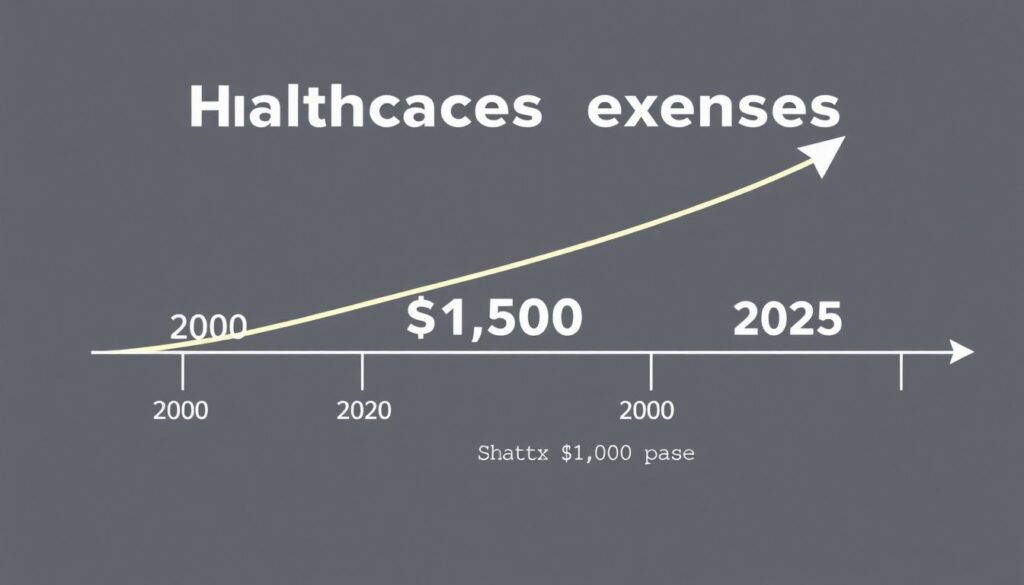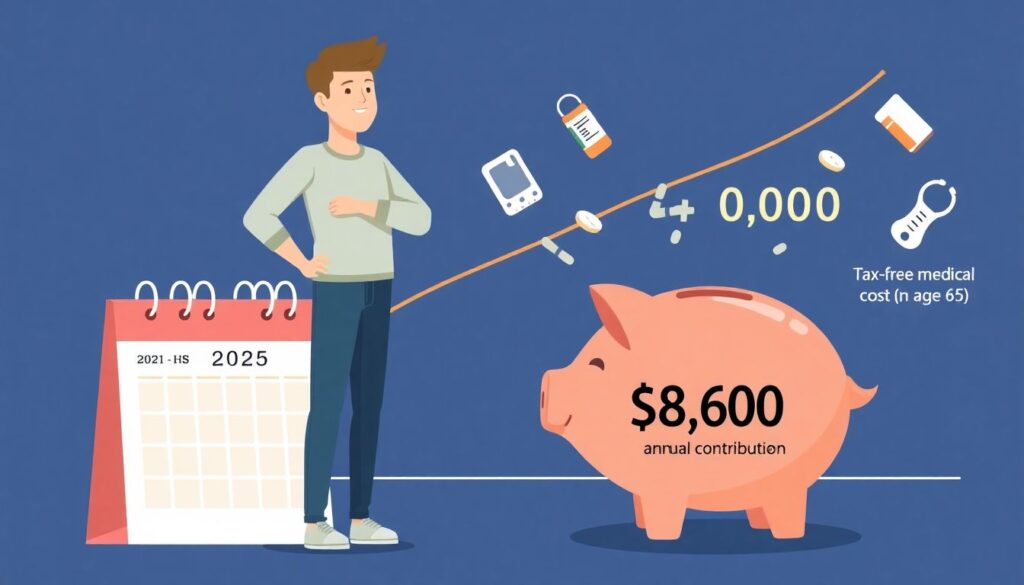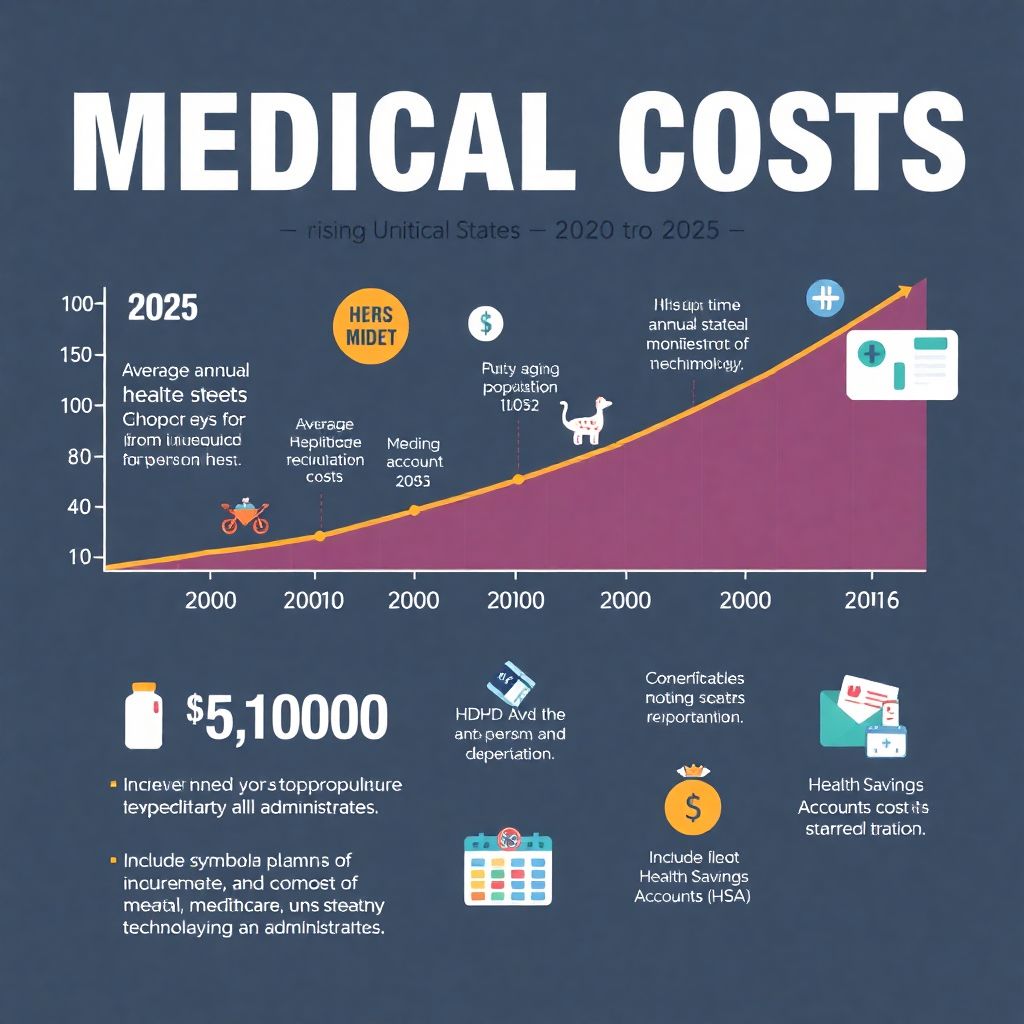Understanding the Rising Tide: Why Planning for Medical Costs Is Crucial in 2025

Over the past few decades, healthcare expenses in the United States have surged well beyond inflation. In 2000, the average annual health expenditure per person was around $4,800. By 2020, it had ballooned to over $11,500, and now, in 2025, projections estimate it will exceed $13,000 per capita. This escalation is driven by several factors: medical technology advancements, an aging population, and increasing administrative costs. Insurance premiums have followed suit. In 2025, the average annual premium for employer-sponsored family coverage is expected to surpass $24,000, with employees covering roughly one-third of that cost.
Against this backdrop, planning for future medical costs is no longer optional—it’s essential. Whether you’re in your 30s or approaching retirement, understanding how to forecast and prepare for these expenses will help protect your financial health alongside your physical well-being.
Step 1: Analyze Your Current and Past Healthcare Spending
To prepare for future expenses, you must first understand your present health-related costs. Review the past three years of your medical bills, prescription expenses, insurance premiums, and out-of-pocket payments. This will help you establish a baseline for what you can expect moving forward. Pay special attention to recurring expenses such as chronic condition management or necessary medications, as these are likely to persist or increase with age.
For example, a 40-year-old with asthma may currently spend $1,200 annually on inhalers, check-ups, and related care. With inflation and potential complications, that figure could double or triple by retirement age without proactive planning.
Technical Detail: Estimating Future Costs Using Healthcare Inflation
Healthcare costs have historically grown at an average annual rate of 5-6%. If your current medical expenses are $5,000 per year, and you expect to retire in 20 years, using a 5% inflation rate, your estimated annual medical cost in retirement would be:
$5,000 × (1.05)^20 = $13,266
This simple calculation can help you set realistic savings targets.
Step 2: Evaluate Your Insurance Options Annually
Insurance markets evolve each year, and so should your coverage. Whether you’re on an employer-sponsored plan, a marketplace policy, or Medicare, it’s critical to review your benefits annually. Premiums, deductibles, and covered services can shift significantly.
In 2025, high-deductible health plans (HDHPs) paired with Health Savings Accounts (HSAs) remain a powerful tool for those with relatively low annual healthcare expenses. For others, a more traditional PPO might make sense despite higher premiums, especially if you anticipate frequent doctor visits or specialist care.
Real-world example: Maria, a 52-year-old teacher, switched from an HDHP to a PPO after being diagnosed with rheumatoid arthritis. Though her monthly premium increased by $140, her out-of-pocket costs dropped by over $2,000 annually due to better coverage for her medications and specialist visits.
Step 3: Maximize Tax-Advantaged Accounts
One of the most effective ways to prepare for future medical costs is to leverage tax-advantaged accounts like Health Savings Accounts (HSAs) and Flexible Spending Accounts (FSAs).
1. HSAs are available to those with HDHPs. Contributions are tax-deductible, grow tax-free, and withdrawals for qualified medical expenses are also tax-free. In 2025, individuals can contribute up to $4,300 per year, and families up to $8,600, with an additional $1,000 catch-up if you’re over 55.
2. FSAs, offered by many employers, allow you to set aside pre-tax dollars for out-of-pocket medical expenses, though funds are typically “use it or lose it” each year.
3. Health Reimbursement Arrangements (HRAs) are employer-funded accounts that reimburse employees for qualified expenses. Though less flexible, they’re entirely employer-funded and don’t reduce your taxable income.
Technical Detail: Long-Term HSAs as Retirement Medical Funds

If you’re healthy and pay current medical expenses out-of-pocket, your HSA can act like a stealth retirement account. A 35-year-old who contributes the family maximum ($8,600 in 2025) annually and earns an average of 6% return could build over $400,000 by age 65—all tax-free if used for medical costs.
Step 4: Incorporate Healthcare into Your Retirement Plan
Many people underestimate the cost of healthcare in retirement. Fidelity’s 2024 Retiree Health Care Cost Estimate projected that a 65-year-old couple retiring today will need approximately $315,000 to cover healthcare expenses throughout retirement—not including long-term care.
To avoid surprises, build healthcare costs into your retirement projections. This includes:
1. Medicare premiums and out-of-pocket costs (e.g., Part B, Part D, Medigap)
2. Long-term care, which isn’t covered by Medicare
3. Dental, vision, and hearing, often excluded from traditional plans
Consider purchasing long-term care insurance in your 50s or early 60s, when premiums are lower and you’re more likely to qualify. A hybrid life insurance policy with a long-term care rider can also provide flexibility.
Step 5: Monitor Legislative and Policy Changes
Healthcare policy is in constant flux. Changes in Medicare eligibility, tax laws, or prescription drug regulation can significantly impact your financial planning. For instance, the 2022 Inflation Reduction Act introduced Medicare drug price negotiations, which began lowering insulin costs in 2023. Similar reforms could affect future out-of-pocket spending.
Staying informed allows you to pivot your plan accordingly. Set a calendar reminder to review healthcare legislation annually, ideally during open enrollment periods.
Final Thoughts: Proactive Planning Pays Off
Medical costs are one of the few expenses guaranteed to rise as we age. Waiting until retirement or a health crisis to address them can be financially devastating. With deliberate planning—anchored in data, supported by the right insurance products, and reinforced through tax-advantaged savings—you can face the future with confidence.
The earlier you start, the more tools you have at your disposal. Whether you’re a young professional opening your first HSA or a pre-retiree exploring long-term care options, the time to act is now.

